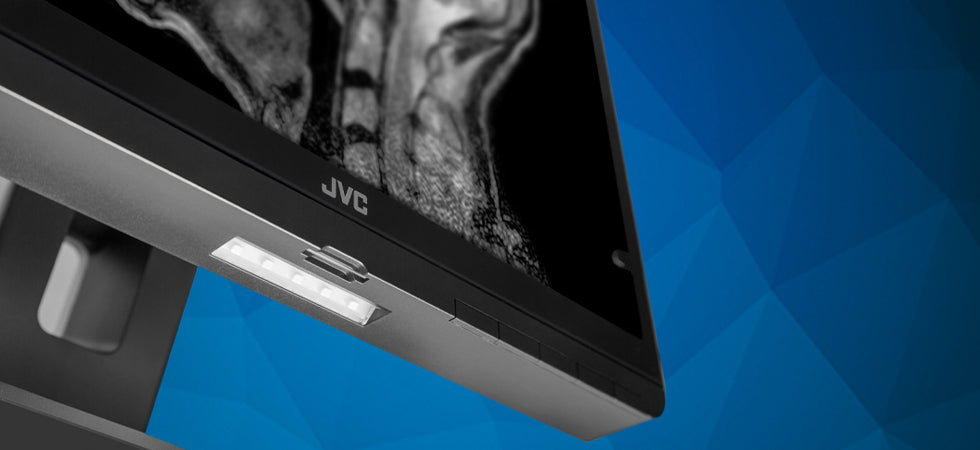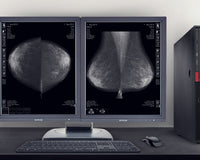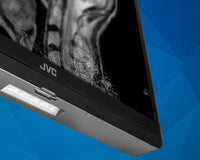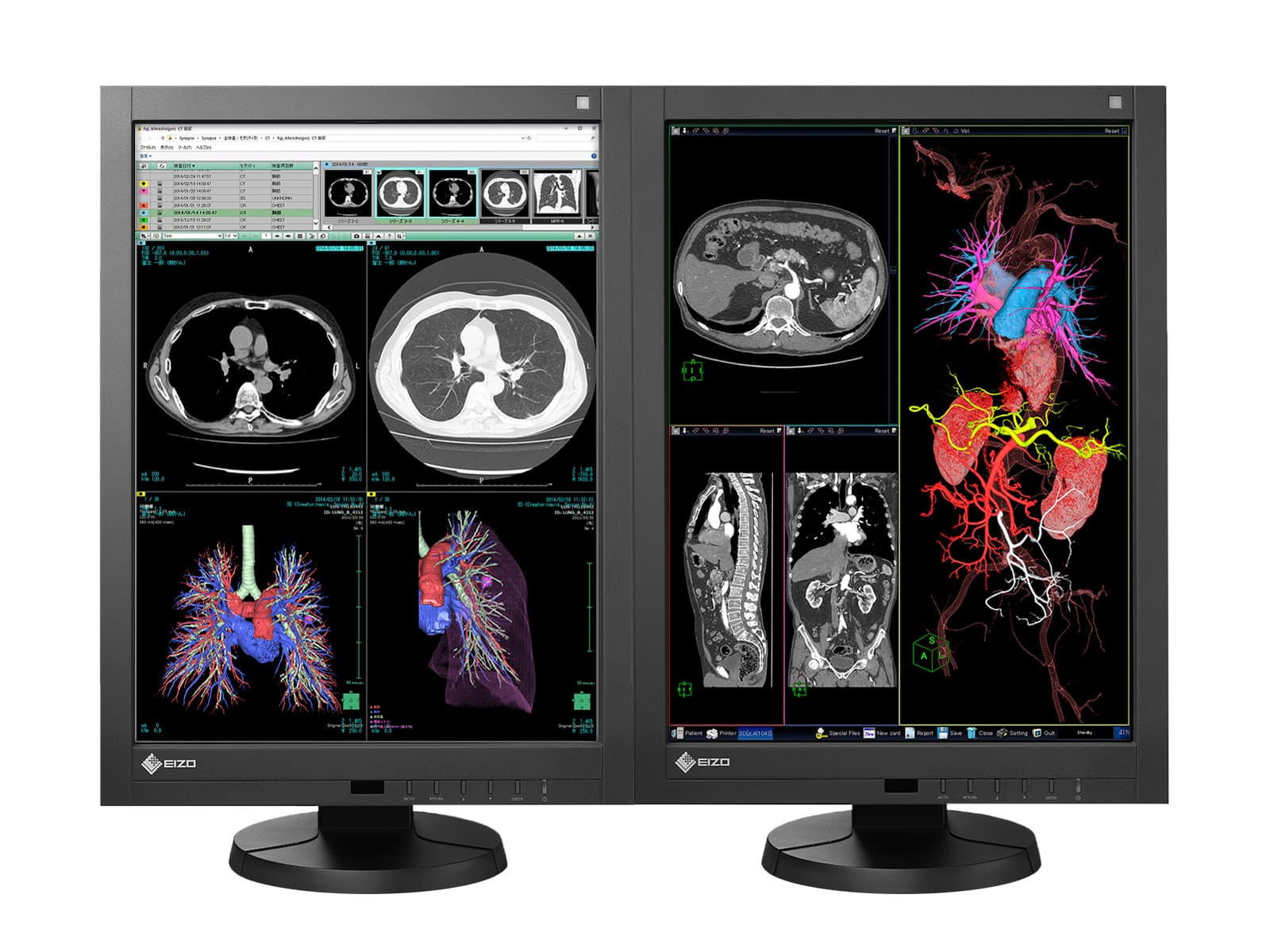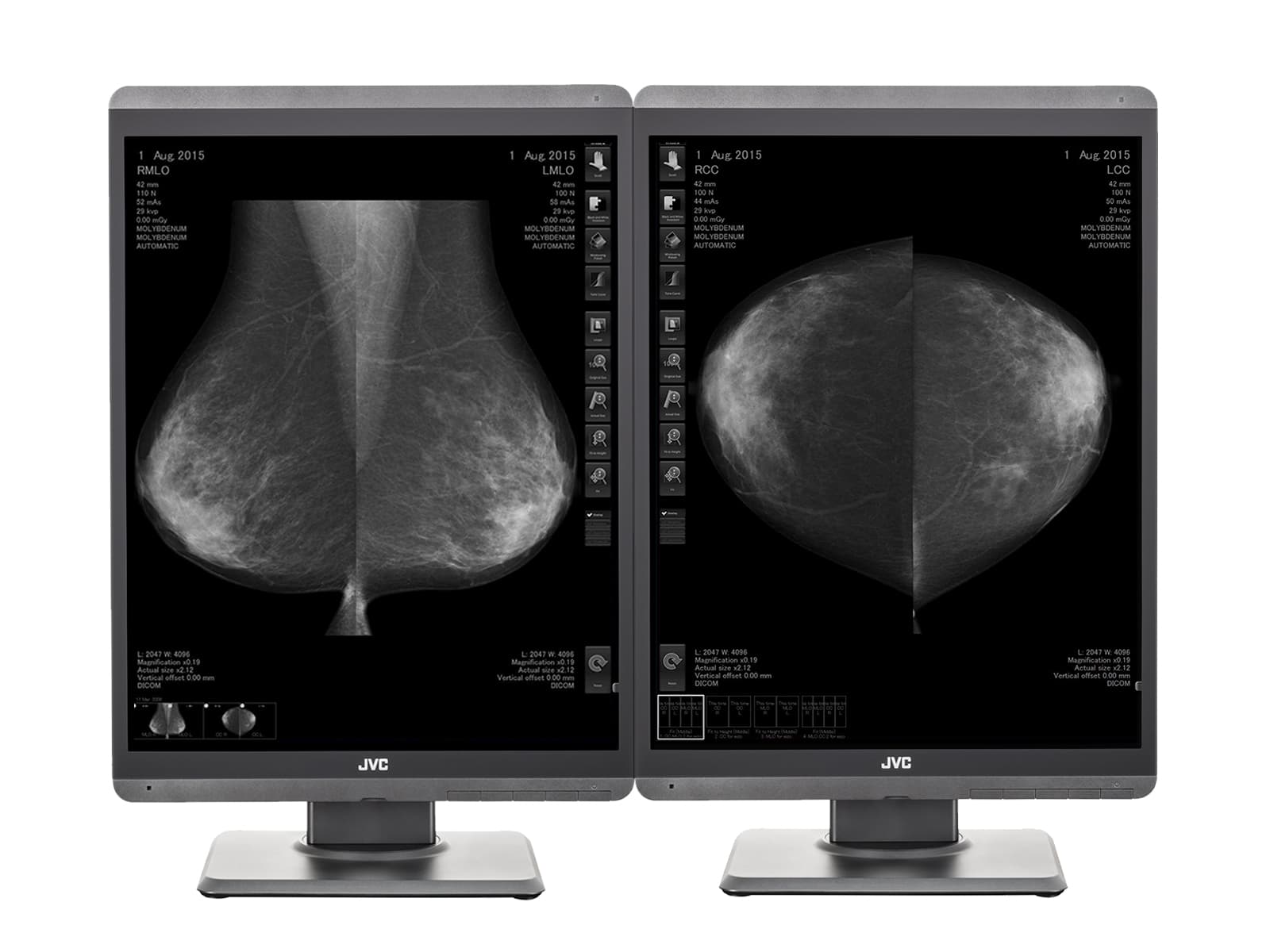It’s a question that we get asked on a near-daily basis by radiologists, healthcare IT professionals, buyers for medical groups, and hospital administrators: Why should I pay a premium for medical-grade displays when there are attractive, seemingly high-quality consumer-grade options on the market that cost less? With all the advances in commercial off-the-shelf display technology, is there really that much of a difference between the two options?
Although it may appear, superficially, that consumer-grade display technologies have closed the gap, the answer to whether there’s still a meaningful difference is a resounding yes.
Here’s a simple, less technical explanation for why higher-end, higher-cost medical-grade displays are superior in diagnostic applications, and why your hospital or radiology practice should choose them:
1. Better patient outcomes
What’s best for patients is paramount.
Consumer-grade displays are intended for a wide variety of applications in our everyday lives and standard office environments—in other words, activities that don’t require the best visualization capabilities and highest level of detail.
However, medical-grade displays were designed and built specifically for the clinical environment—where quality, consistency, and accuracy are, literally, matters of life and death. For radiologists, their work is all about what they can see, so the smallest details have to be visible. Radiologists’ interpretations impact courses of treatment. Sub-standard technology can result in misdiagnoses and have a negative effect on patient outcomes. Way too much is at stake to gamble on a consumer-grade product that was never intended for diagnostic applications.
2. Improved image quality and, as a result, increased radiologist efficiency and precision, and diagnostic accuracy
Standard consumer monitors simply don’t offer a high enough screen resolution to see critical anatomical details. The higher the number of pixels, the sharper, crisper, clearer, and more detailed the image is.
Additionally, no panning or zooming in and out is necessary, which saves radiologists time when interpreting images.
In consumer monitors, which weren’t designed for such a high degree of precision, it’s expected that variances in the amount of light emanating from LCD monitors can cause inconsistencies in how images are presented by anywhere from 25 to 35 percent. This means that some parts of the screen could appear well lit while other areas look dim. If a user turned up the brightness level as an attempted fix, the grayscale would become washed out and visualization would worsen.
In diagnostic applications, that’s unacceptable. It’s important that images are presented consistently over time across individual screens, entire displays, and even enterprises—in any location, from remote teleradiology workstations to various sites within multi-hospital systems—so radiologists don’t miss any crucial detail. That’s why medical-grade displays have integrated quality-assurance tools such as uniform luminance technology (ULT), which improve the consistency of brightness levels and enhance grayscale presentation.
Consumer monitors aren’t calibrated to digital imaging and communications in medicine (DICOM) standards for brightness and contrast. (DICOM standards dictate how images must be presented on medical displays.) Nor do they meet the growing body of medical standards and regulations from Mammography Quality Standards Act (MQSA), American Association of Physicists in Medicine (AAPM), or the American College of Radiology (ACR), to name a few.
Users of consumer-grade technology in a medical environment have to manually calibrate the monitors and frequently check on their status. This is not only an unnecessary distraction for radiologists, but also time consuming and introduces the possibility for human error. And, if the consumer display doesn’t have the range to view images properly and the means to maintain consistency, these instabilities can invalidate calibration efforts and cause detail in the images to be lost.
Medical-grade displays are calibrated to DICOM standards and comply other medical standards and regulations. Using front-of-screen sensors and other quality-assurance tools, they automatically make real-time adjustments to compensate for external conditions. These displays also have the capability to store and track calibration measurements over the lifetime of the equipment. These records can serve as a useful defense in the event of a legal dispute.
This gives radiologists more confidence that they’re operating in compliance 24/7 and producing accurate diagnoses based on best image quality.

3. Longevity and cost-effectiveness
A consumer-grade display may have a lower upfront expense, but the cost of technology is never just about the initial investment. There’s also the cost of ongoing maintenance and repairs, more frequent replacement, and, possibly, additional equipment.
Medical-grade displays cost more to obtain because they incorporate the latest and greatest technology. This includes higher-quality components and features that not only improve image quality but also make them more durable, such as light stabilization and their innate heat resistance. They also are able to maintain calibration with DICOM and other standards. For these reasons, medical displays typically have a life span that’s up to four times longer than their consumer-grade counterparts.
Furthermore, medical displays are compatible with medical workstations out of the box and don’t require additional costs to become fully operational. Many of these displays also enable multi-modality imaging on a single screen, eliminating the need to purchase several monitors per desk.
The superior performance and longevity of medical displays quickly negates any perceived cost savings of consumer displays. Actually, they will be less expensive and have a higher return on investment over the long term.
4. Extended warranties
In most cases, manufacturers of medical-grade displays provide longer, more competitive warranties than manufacturers of consumer products—usually up to five years.
